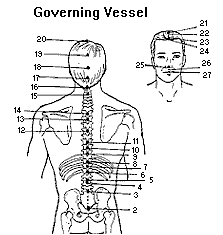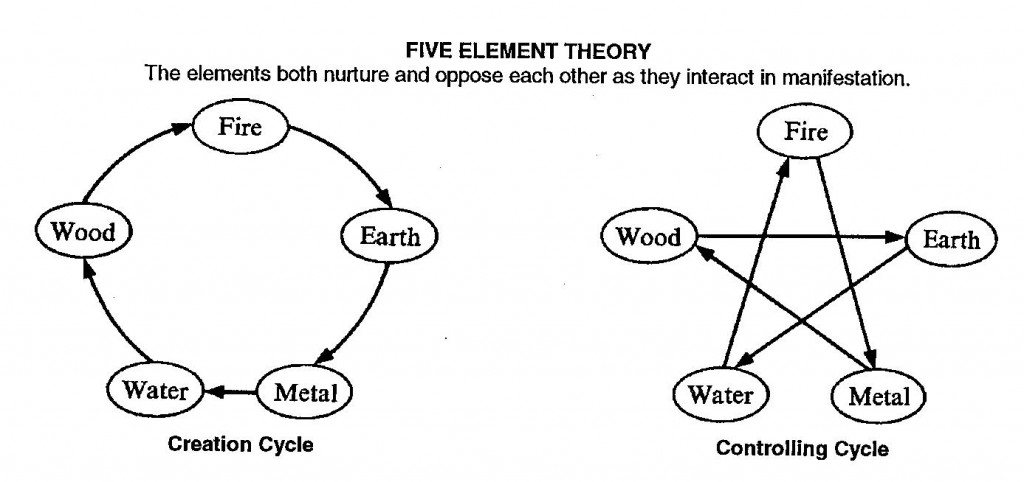That Which Is Eternal In Us Must Be Awakened
The chakras can be understood as specific nexus points along the subtle wiring system of the body, and have also been related to the ductless glands. They are energy connecting points, but also much more. They can be stimulated through concentration and through certain tones – seed syllables – which must be pronounced correctly in order to be activated. The throat chakra contains sixteen ‘petals’, the first seven are a musical scale, the eighth is called the venom of mortality – these eight relate to our sound relationship with the world through speech and music. The ninth through the fifteenth are the seed syllables relating to the seven chakras which can only be pronounced after proper training. The sixteenth is called the nectar of immortality. In Taoism it is said that the thyroid gland in the throat controls speech, and when there is tension in that gland one has trouble speaking, though the tongue itself is connected to the heart.
The Tibetan Book of the Dead (Bardo Thodol)8,9,10 describes an archetypal trip through the memories stored in a portion of the chakra system. The peaceful deities are the path through the energy relationships stored in the heart chakra and the wrathful deities are from those stored in the crown chakra, at the top of the skull. Various other entities encountered in the Bardo Thodol are the energy relationships with the connecting meridian and points between the heart and crown chakras. The god forms encountered are merely the cultural masks placed by the Tibetans on the energies we all encounter in life – each culture will have its own masks. You can find yours by getting in touch with your inner self.
People with near-death experiences have reported that they saw their whole life ‘flash before their eyes’. This is because they are experiencing the totality of the stored memory in their energy system as it separates from the physical. This is the true source of karma, our energy relationships between our subjectivity and our objectivity. In some cultural traditions it is said that after death a person walks a path and has to face each person they met in life again. This is congruent to the Tibetan concept of the peaceful and wrathful deities. When we cross paths with others in this life we have time after the fact to consider the relationships. After we shed our clay suits we encounter the primary energy relationship which are then no longer grounded in the material plane. If one has learned from life’s experiences then progress is inevitable in the ungrounded state. If one hasn’t learned they are channelled back into the material plane to try and learn again. Such is the ever turning wheel of life. But once an individual takes full control of their own destiny they can consciously remove themselves from the cycle – but doing so entails a pragmatic approach, i.e. a precise practice and not primarily a philosophical state of mind.
It has been said that by simply being born as a homo sapiens does not make one a member of the human race. To become a member one must make a conscious commitment.11 Each individual has their own path of commitment. It is destiny, but destiny can be altered or delayed by diverse modes of action.
The Chakra system is pictured with seven chakras, the lower five being related to the elements as they have been considered in the Western alchemical tradition, Earth, Water, Air, Fire and Ether, Ether being the quintessence of the other four. Air and Fire are transposed along the Chakra channel to allow for the active folding of the elements into the human body. The chakras have the same pattern as the Buddhist Stupa, a shrine built of the elemental flow in the body of the cosmos as reflected in the human body. This shows that the four basic elements were known and used as a basis for psycho-cosmic thought in the Orient.
However, in the Chinese culture we find an elemental system which has five elements, Earth, Water, Wood, Fire and Metal. In Chinese medicine these five elements are related to specific organs of the body: Lungs – Metal; Kidneys – Water; Liver – Wood; Heart – Fire; Spleen – Earth. These elements have a creation cycle and a controlling cycles and are a logical system relating to all aspects of life in Chinese traditional thought.
There does not appear to be a direct correlation between the two elemental systems, yet both are completely valid for the viewpoint they describe. They are views of different cross-sections and do not conflict. Earth, Water, Air and Fire are universal elements and exist in modern science as the states of matter, solid, liquid, gas and plasma. While no exact physical correlate exists for the Chinese five element theory it is quite useful in understanding the physical state of one’s organic system.

The Governor Meridian – From the perineum up the spine to the crown of the head and down to the palate.
Acupuncture describes the basic energy points and pathways of the physical body, like the ley lines of the earth, and this energy structure has been observed in western clinical research. Acupuncture meridians are energy lines which flow about the body, certain points on which connect to various organs and other energy centers. The basic approach to acupuncture is described in many books, all of whom pretty much concur with each other.12,13 There is reportedly an esoteric form of acupuncture, in which certain secret points are touched by a chi master to simulate higher states of consciousness in the student. The student then can strive naturally towards the state which he has experienced thusly.14

The Functional / Conception Meridian – From the perineum up the front of the body to the tip of the tongue.

